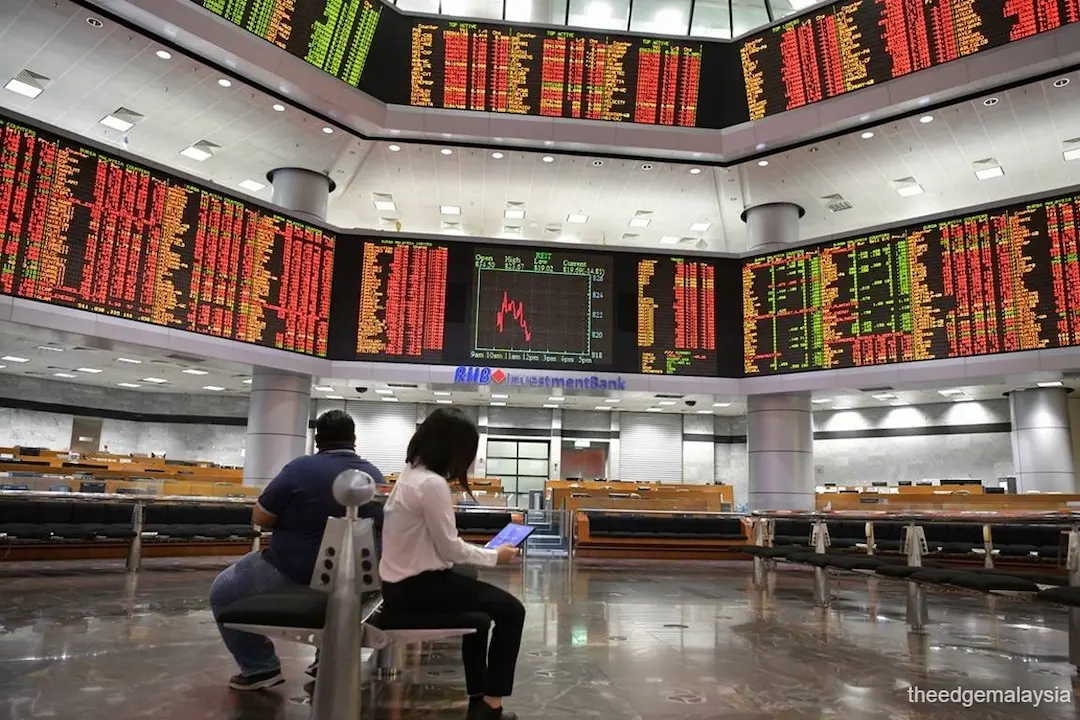
BIX ARTICLE
Market Views: 2024 Recap: Strength amid fiscal discipline
Jan 16, 2025
|
5 min read
Featured Posts
Social Bonds Illustrative Use-Of-Proceeds Case Studies Coronavirus
Jul 06, 2020
|
2 min read
Sustainable Banking Network (SBN) Creating Green Bond Markets
Jul 06, 2020
|
2 min read
Why is Inflation Making a Big Comeback After Being Absent for Decades in the U.S.?
Mar 24, 2022
|
7 min read
SC issues Corporate Governance Strategic Priorities 2021-2023
Mar 29, 2022
|
3 min read

This article first appeared in Capital, The Edge Malaysia Weekly on December 30, 2024 - January 12, 2025
By Datin Nor Hanifah Hashim, Head of Malaysia, Franklin Templeton
In 2024, Malaysia’s bond market showed resilience, supported by the government’s commitment to fiscal prudence and consistent efforts to balance the budget. The fiscal deficit reduction targets, which were part of broader economic reforms, helped to stabilise the market amid the US Treasury volatility and drew investor confidence. Malaysia’s strong sovereign credit ratings (Moody’s A3, S&P A-, Fitch BBB+) also positioned the bond market as a stable and attractive option for domestic and international investors.
The reduction in net government debt issuance in 2024 tightened bond supply, which complemented the robust demand from onshore investors to fuel domestic bond prices higher. Malaysia’s bond market performance was further underpinned by its manageable inflation and strong economic momentum as reflected in the World Bank’s upward revision of its 2024 GDP growth forecast to 4.9% from 4.3%.
As at Dec 9, 2024, Malaysian government bonds delivered a respectable total return of 4.1% year to date. While lower than the 6.3% full-year return in 2023, this positive return underscores the domestic bond market’s resilience to weather external macro headwinds stemming from geopolitical uncertainties and shifting expectation of US Federal Reserve policies.
Looking ahead to 2025, Malaysia’s bond market is poised for another volatile but positive year, tempered with caution due to geopolitical uncertainties. The government’s continued fiscal discipline and structural economic reforms will bode well for the demand and supply dynamics of the domestic bond market. The projected reduction in the fiscal deficit to 3.8% and a decline in net supply of government debt issuance to RM80.5 billion align with the broader fiscal consolidation strategies. Meanwhile, Malaysia’s ongoing coordinated efforts to encourage institutions to repatriate and convert foreign currencies could positively support the ringgit and likely spur more institutional investments in the domestic bond market.
For foreign investors, Malaysia’s strong credit ratings and commitment to the Financial Responsibility Act (FRA), which includes capping the deficit at 3% and keeping the debt-to-GDP ratio below 60% over the medium term, would bolster investor confidence and ensure sustained interest in Malaysian bonds. Additionally, the country’s focus on sukuk and environmental, social and governance-aligned investments highlights its shift towards sustainable finance, attracting a broader pool of investors, particularly those with ESG mandates.
Malaysia’s bond market is also set to benefit from innovative financial strategies, including the expansion of Islamic finance. The government’s proactive approach to Islamic finance innovation, as highlighted by the RM100 million allocation in Budget 2025, not only strengthens Malaysia’s leadership in this field but also expands the appeal of sukuk among a broader range of international investors. The emphasis on commonalities between ESG principles, sustainable finance and Islamic finance also underscores the government’s commitment to funding green and socially responsible projects through shariah-compliant instruments. This alignment with ESG principles is significant and may serve as a catalyst to attract global investors to Islamic finance in greater numbers.
That said, the rationalisation of the RON95 subsidy and the expanded scope of the sales and service tax (SST), along with the increase of the minimum wage and compulsory Employees Provident Fund contributions for foreign workers by employer and employees, could introduce inflationary pressures, which may potentially affect real returns on bonds. To manage short-term market reactions and ensure the success of fiscal strategies, clear communication and measured implementation of the subsidy reforms and fiscal measures will be crucial.
Meanwhile, the ringgit, along with other regional currencies, could face challenges from external headwinds, including the constant shifts in expectation of Fed policies and tariff measures introduced by the new US administration. Nevertheless, robust domestic economic fundamentals, advances in structural reforms and sustained efforts to encourage repatriation will strengthen the ringgit’s ability to withstand these external headwinds.
Malaysia’s strategic position as the Asean chair in 2025 adds another layer of optimism. This role is expected to enhance trade and foster regional collaboration, positioning the nation to navigate global economic uncertainties effectively. The emphasis on trade and regional integration further underscores Malaysia’s capacity to leverage its economic and political stability for growth in 2025.
While challenges and volatility persist, Malaysian bonds have proved their resilience as a core asset class for investors, providing stable returns amid global uncertainties. This positions 2025 as a year of cautious optimism for bond investors.
Source: The Edge
Disclaimer
The information provided in this report is of a general nature and has been prepared for information purposes only. It is not intended to constitute research or as advice for any investor. The information in this report is not and should not be construed or considered as an offer, recommendation or solicitation for investments. Investors are advised to make their own independent evaluation of the information contained in this report, consider their own individual investment objectives, financial situation and particular needs and should seek appropriate personalised financial advice from a qualified professional to suit individual circumstances and risk profile. The information contained in this report is prepared from data believed to be correct and reliable at the time of issuance of this report. While every effort is made to ensure the information is up-to-date and correct, Bond and Sukuk Information Platform Sdn Bhd (“the Company”) does not make any guarantee, representation or warranty, express or implied, as to the adequacy, accuracy, completeness, reliability or fairness of any such information contained in this report and accordingly, neither the Company nor any of its affiliates nor its related persons shall not be liable in any manner whatsoever for any consequences (including but not limited to any direct, indirect or consequential losses, loss of profits and damages) of any reliance thereon or usage thereof.
YOU MAY ALSO LIKE
ARTICLE
Dec 18, 2025
|
7 min read
ARTICLE
Dec 16, 2025
|
5 min read
ARTICLE
Dec 15, 2025
|
3 min read
ARTICLE
Dec 12, 2025
|
5 min read


